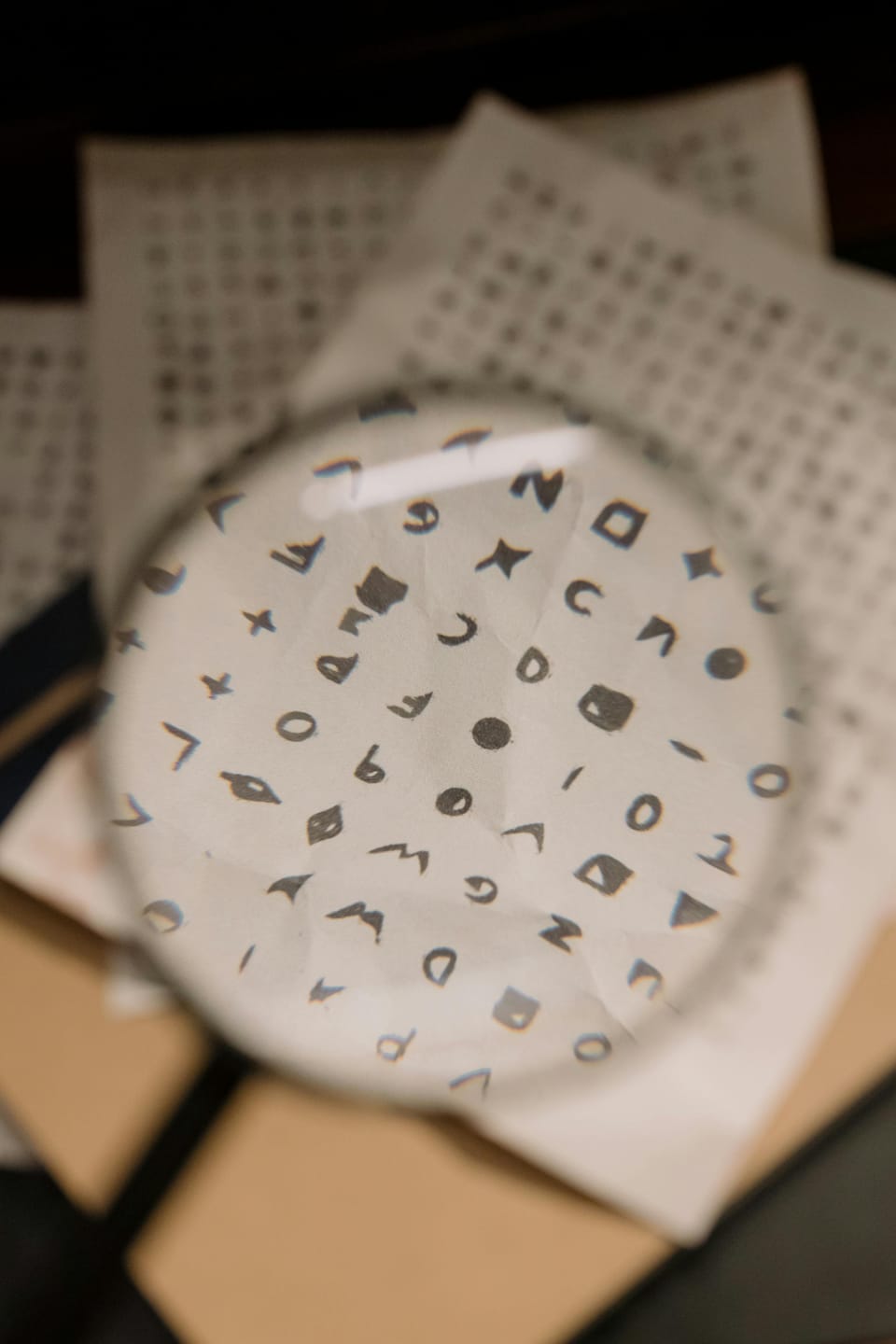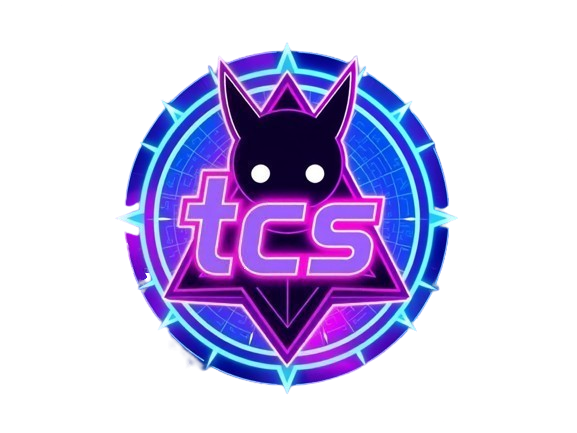Bliss - A constructed writing system for fast and beautiful writing

As a long-time fan of constructed scripts, I have always tried to find a way to create my own writing system without reinventing the wheel.
Unfortunately, for my purposes at least, there are simply too many writing systems (or conscripts) to invent something new and useful at the same time.
Learning from the bests
For a while I had Utopean as my favorite conscript. In case you didn't know, and as a TLDR for the above link, this is an alphabet created by Thomas More during the 16th century.

The broader family that includes these kinds of conscripts is called a cipher. As anyone involved in cryptography knows, a cipher is a usually simple substitution framework for an existing alphabet. Each letter is translated into a symbol, another letter, or something else.
Ciphers are very fun, easy to use and have a wide range of applications from journaling to secret messaging.
While I have created some ciphers (and will post about them in the future), I wanted to create something less trivial, yet simple and with unique advantages.
Enters Bliss!

As you can see from the key above, Bliss is made up of 5 simple shapes that are rotated progressively, plus an "X" shape for the last letter as I was missing just one symbol.
Bliss Explained
Vowels
Although Bliss is a kind of cipher, it treats vowels as diacritics. This means, as explained in the key, that you can add the vowel-specific symbol to the preceding consonant without taking up an extra space. This saves time and is also nicer to look at (at least in my opinion). Also, since the vowels are unique and cannot be confused, this mechanism does not add any complexity to the understanding of the conscript.
However, I wanted to keep Bliss flexible without setting too many rules. For this reason, you can also use the vowel placeholder and add the vowel symbol to it, either to indicate a single vowel or just to make your text look different. As the placeholder is a simple shape in itself, this does not add any complexity to the conscript.
Doubles
To avoid ugly double consonants lying around, the tilde symbol is used either above or below a letter to make it double. This saves space and makes the overall result much nicer.
Note that this mechanism can also be used with diacritical vowels, as the tilde can be placed either above or below the letter, leaving space for the vowel mark itself.
Punctuation
Last but not least, Bliss punctuation is self-explanatory. You can choose whether you want to use the inverted symbols at the beginning and end of sentences, as in some languages such as Spanish, or whether you want to use punctuation as a single symbol without a start mark.
Handwritten Example
Please forgive my horrible handwriting. Also note how the vowels can be put in different ways as long as their shape and overall position remain the same.

Conclusion
So, that was Bliss!
It may become a font in the future, and I may publish something written in Bliss, but in the meantime feel free to use, adapt, remix, and generally share Bliss as you see fit. Credits are welcome, but not required.
Have fun!

Comments ()